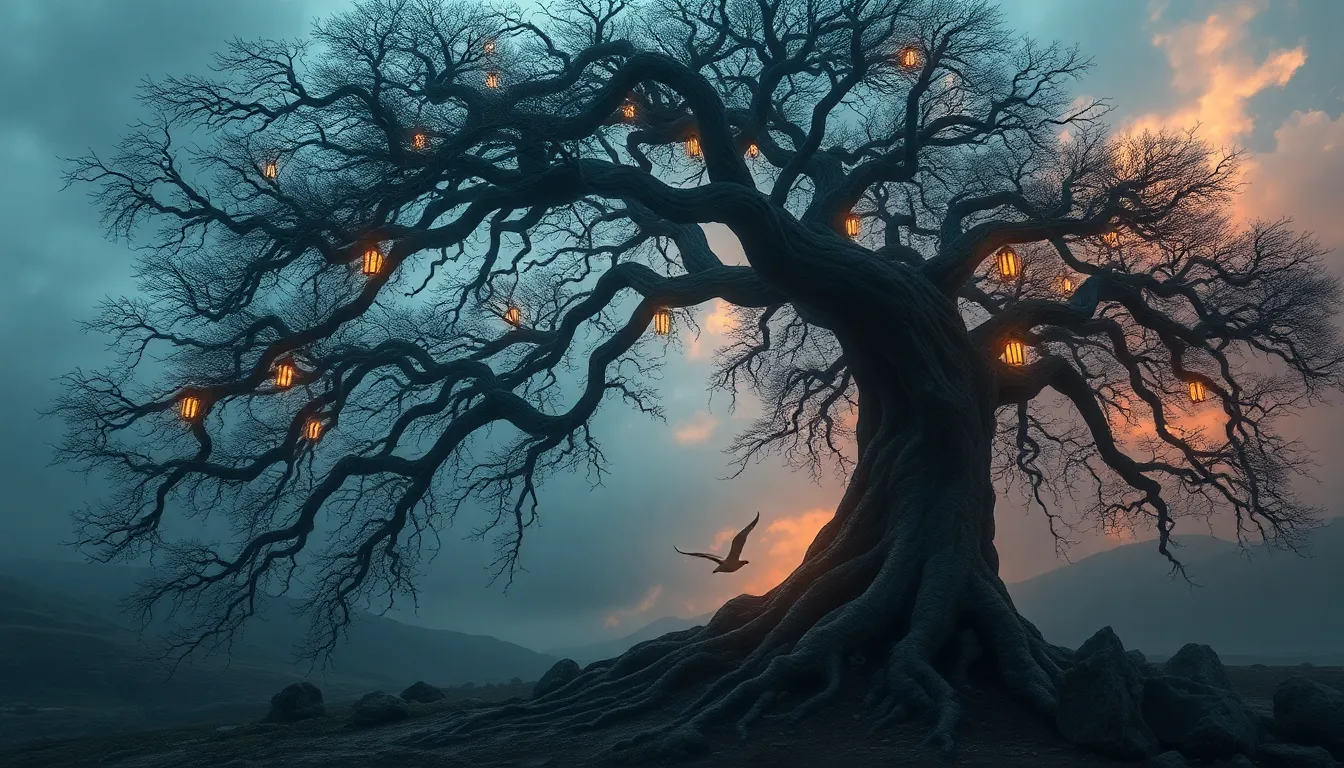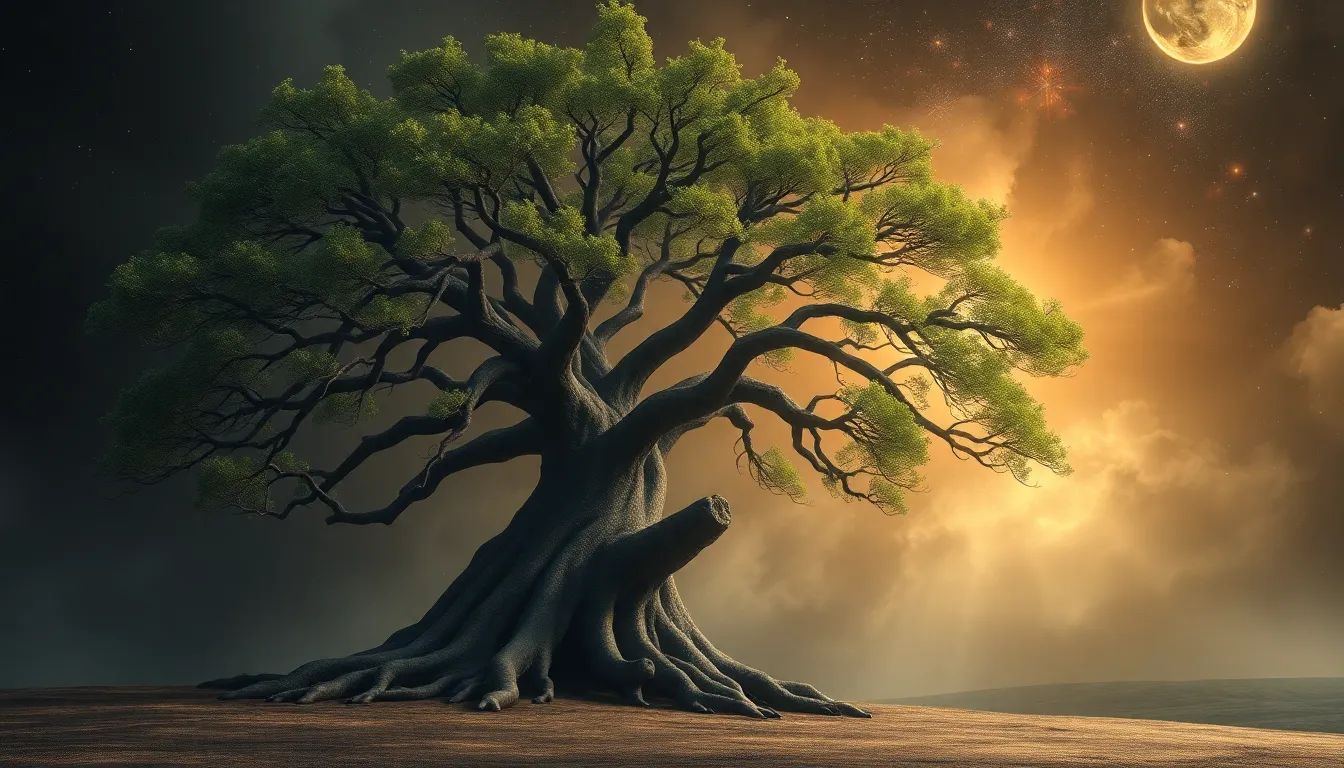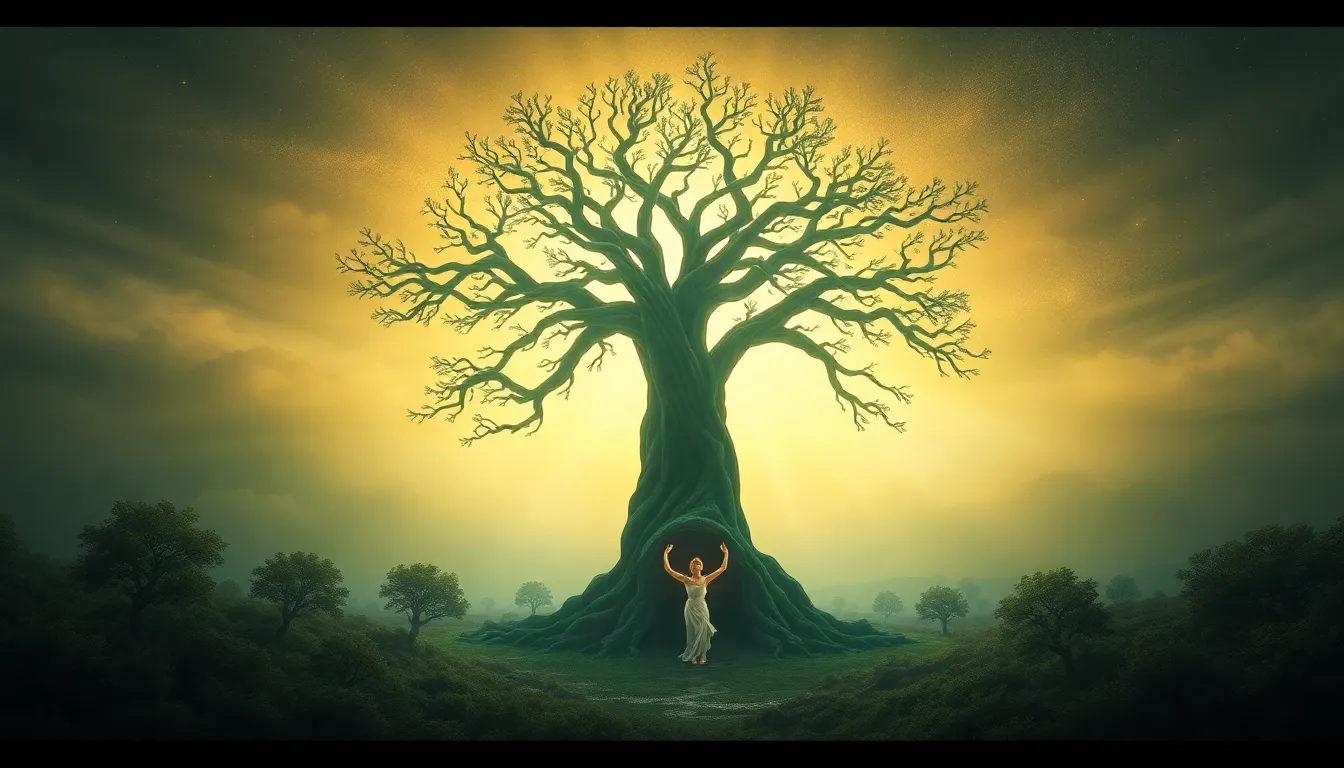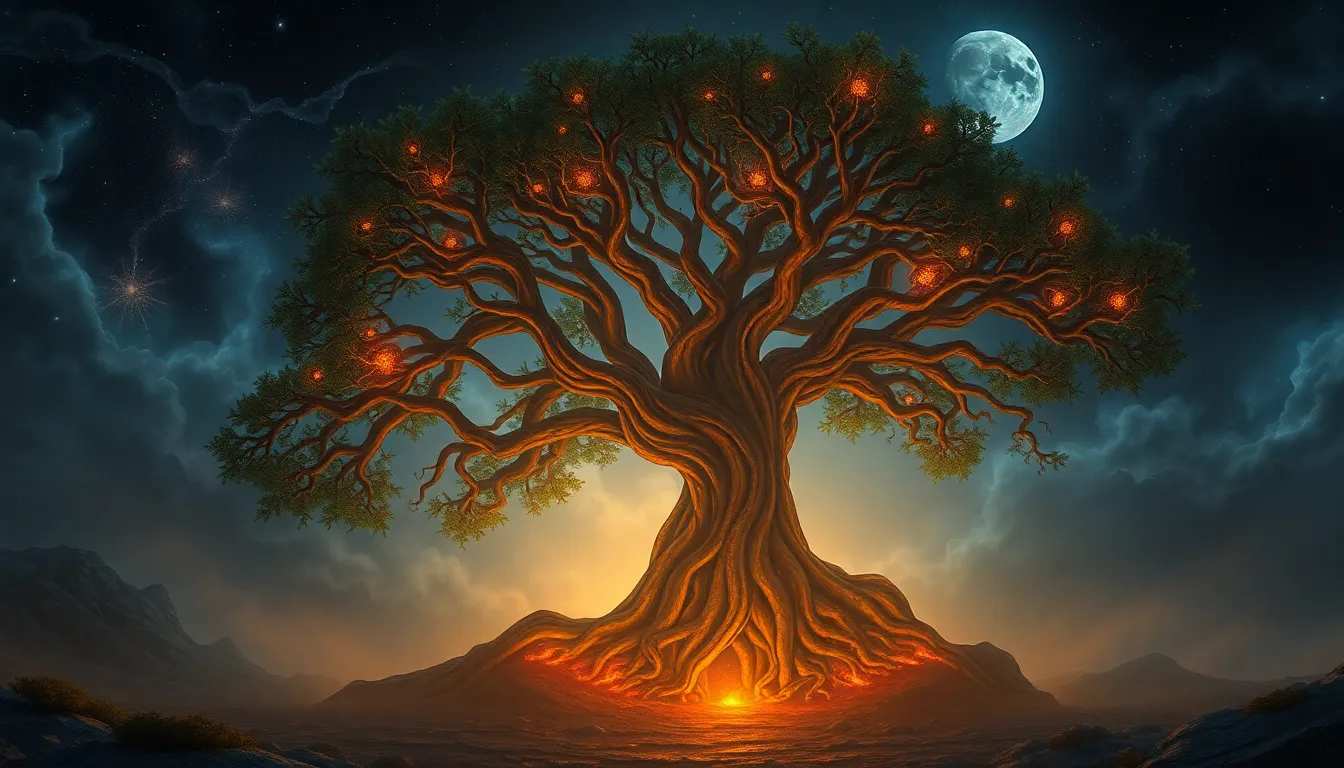The Tree of Echoes: Myths of Memory and Legacy
Introduction: The Symbolism of Trees in Culture
Trees have long stood as universal symbols of life, memory, and legacy across cultures and civilizations. Their towering presence and the cyclical nature of their growth resonate deeply with human experiences. Trees not only provide sustenance and shelter but also serve as living archives of history, holding the stories of generations beneath their bark. They are witnesses to our lives, capturing moments in time like the rings that mark their growth.
The concept of the “Tree of Echoes” emerges as a powerful metaphor for how memories and legacies intertwine. Just as a tree’s roots dig deep into the earth, our memories anchor us to our past, while its branches reach out, symbolizing the legacies we pass on to future generations. In this article, we will explore the intricate connections between memory, legacy, and the myths that shape our understanding of these concepts.
Roots of Memory: Understanding Personal and Collective Memory
Memory can be categorized into two distinct yet interrelated types: personal memory and collective memory. Personal memory refers to the individual experiences and events that shape a person’s identity. It includes cherished moments, lessons learned, and emotional experiences that linger in the mind.
Collective memory, on the other hand, encompasses the shared memories of a group, community, or nation. It is formed through storytelling, traditions, and cultural practices that help preserve a community’s identity and heritage. Storytelling plays a crucial role in this process, acting as a bridge that connects the past with the present, enabling the transmission of memories across generations.
Branches of Legacy: Transmission Across Generations
Legacies are formed through the values, beliefs, and memories that individuals pass down to their descendants. This transmission can occur in various ways, including:
- Oral traditions and storytelling
- Written records and literary contributions
- Artifacts and heirlooms
- Cultural practices and rituals
Case studies of familial and cultural legacies illustrate this phenomenon. For instance, in many cultures, oral histories passed down from elders serve not only as a means of preserving family histories but also as a way to instill values and lessons in younger generations. Similarly, cultural legacies, such as festivals and rituals, play a vital role in maintaining a community’s identity and continuity.
The Echoes of History: Myths and Legends
Throughout history, myths and legends have served as powerful vehicles for expressing collective memory and legacy. They encapsulate the values, beliefs, and experiences of a culture, often intertwining with the natural world, thereby reinforcing the connection between humanity and nature.
For example, the myth of the Phoenix represents rebirth and renewal, echoing the cyclical nature of life and the enduring legacy of resilience. Similarly, the stories of the Tree of Life found in various cultures symbolize interconnectedness and the passage of knowledge through generations. Such myths not only shape cultural identity but also offer insights into how societies perceive their histories and values.
Nature’s Influence: How Environment Shapes Memory and Legacy
The interplay between environment, memory, and cultural narratives is profound. Natural landmarks often serve as focal points for collective memories and historical significance. Examples include:
- The Grand Canyon: A testament to geological history, it also holds stories of Native American tribes and their connection to the land.
- Mount Fuji: In Japan, it is not only a stunning natural feature but also a symbol of cultural heritage and spirituality.
- The Amazon Rainforest: It represents the rich biodiversity and cultural legacies of indigenous peoples who inhabit its depths.
These natural wonders embody the memories and legacies of the people who revere them, serving as silent witnesses to the passage of time.
The Tree of Echoes in Literature and Art
The concept of the Tree of Echoes is rich in literature and art, where it symbolizes the intertwining of memory and legacy. Numerous authors and artists have explored this theme, using trees as metaphors for growth, connection, and the passage of time.
Notable works include:
- “The Giving Tree” by Shel Silverstein: A poignant tale of selflessness and the enduring bond between a tree and a boy.
- “The Secret Life of Trees” by Peter Wohlleben: An exploration of the complex communication and relationships within forests.
- Paintings by Gustav Klimt: His works often depict trees as symbols of life and interconnectedness.
These artistic expressions highlight the profound relationship between memory, nature, and legacy, inviting reflection on our own connections to the past.
Modern Interpretations: Memory in the Digital Age
In the digital age, technology has transformed the way we preserve and share memories. Social media platforms have become modern-day storytelling tools, allowing individuals to document their lives and share experiences with a global audience.
The role of social media in shaping modern legacies includes:
- Creating digital archives of personal memories through photos and posts.
- Facilitating connections between communities and generations through shared narratives.
- Raising awareness of cultural heritage and historical events.
However, this digital shift also presents challenges, such as the fleeting nature of online content and the potential for misinformation. Balancing the preservation of genuine memories with the fast-paced nature of the digital world is crucial for maintaining our legacies.
Cultural Rituals: Honoring Memory and Legacy
Cultural rituals play a significant role in commemorating the past and honoring memories. These traditions serve as collective expressions of grief, gratitude, and remembrance. Examples of such rituals include:
- Day of the Dead (Día de los Muertos) in Mexico: A vibrant celebration that honors deceased loved ones through altars, offerings, and festivities.
- Memorial Day in the United States: A day dedicated to honoring the sacrifices of military personnel, marked by ceremonies and remembrance.
- Obon Festival in Japan: A time for honoring ancestors with dances and lanterns, symbolizing the return of spirits.
These rituals emphasize the importance of memory and legacy, fostering a sense of community and continuity across generations.
The Future of Memory and Legacy: Challenges and Opportunities
As we navigate the contemporary landscape, challenges in preserving memory and legacy become increasingly apparent. Rapid technological advancements, globalization, and cultural homogenization pose threats to unique narratives and traditions.
However, these challenges also present opportunities for innovation. New mediums, such as virtual reality and augmented reality, offer exciting possibilities for immersive storytelling and memory preservation. Additionally, community-driven initiatives can help safeguard cultural heritage and promote the sharing of diverse legacies.
Conclusion: Nurturing the Tree of Echoes
In reflecting on the importance of nurturing our memories and legacies, it becomes clear that we must actively engage with our histories and cultural narratives. The Tree of Echoes serves as a reminder of the interconnectedness of our past, present, and future.
As we cultivate our personal and collective memories, let us honor the stories that shape our identities and strive to pass down legacies that inspire future generations. By nurturing the Tree of Echoes, we can ensure that the echoes of our lives resonate through time, creating a rich tapestry of shared experiences and wisdom.



